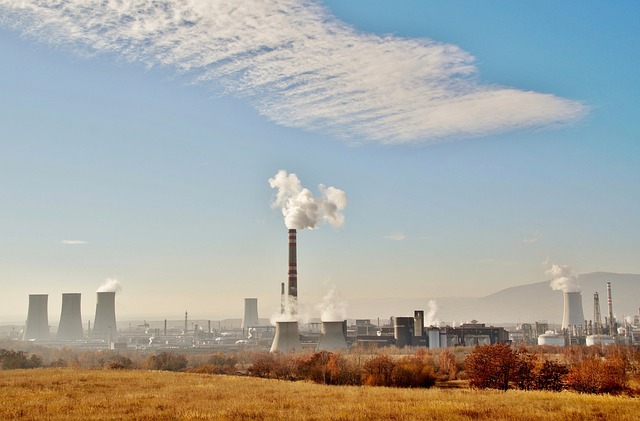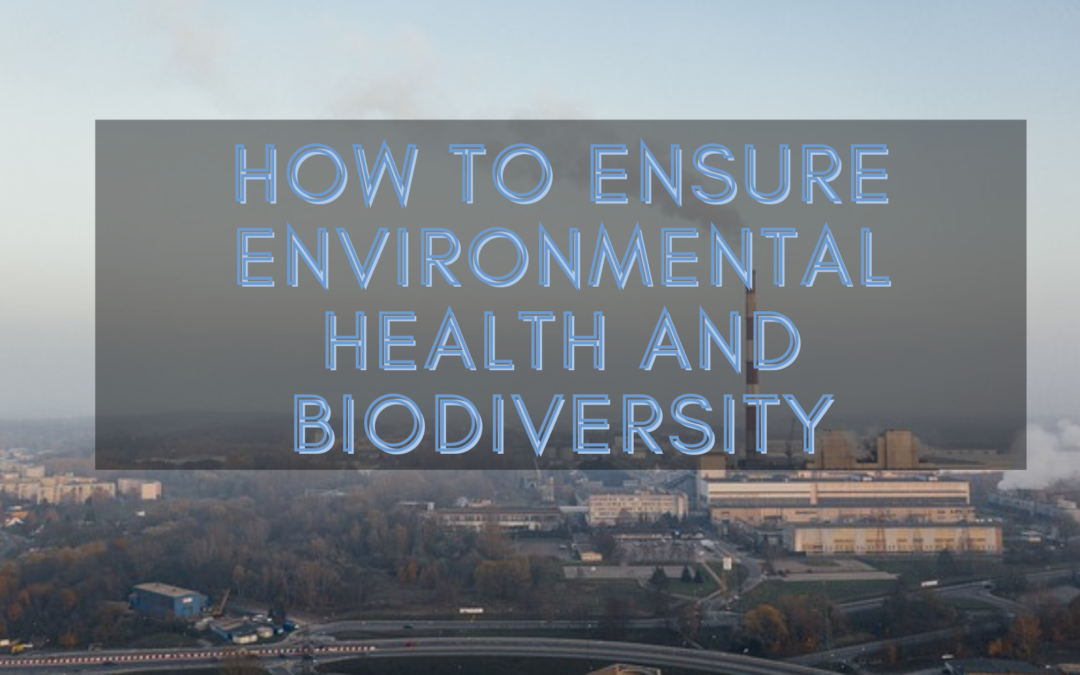Increasing agricultural productivity while still operating within the required environmental boundaries and also maintaining biodiversity can be such a challenge. Agriculture is one of the biggest drivers of biodiversity and forest loss. It’s been estimated that about one third of the world’s soil is degraded with agriculture accounting for about 70 percent of the freshwater withdrawals.
Having a healthy biodiversity and natural environment is critical for long-term sustainability of human health and food systems. Here are some of the initiatives to help improve environmental health and biodiversity:
Address Loss of Biosphere Integrity
According to Millennium Ecosystem Assessment of 2005, it concluded that changes to the ecosystem that took place as a result of human activities were more rapid in the first 50 years than at any given time in human history. This to an extent led to abrupt and irreversible changes. The key drivers for change include the increased demand for food, water and of course natural resources. The increased demand for these has led to severe loss of biodiversity in some parts of the world, and in turn leading to changes in the ecosystem.
The rising rate of damage of the ecosystem can be slowed down if the right measures are taken to ensure the integrity of the living systems is observed. This in turn enhances the ecosystem and also improves connectivity between ecosystems while also maintaining high agricultural productivity that’s needed by humanity.

Address Chemical Pollution
Emission of chemical substances and toxins such as heavy metal compounds, synthetic organic pollutants, and radioactive materials tend to represent some of the key changes driven by human activities to the planetary environment. Such compounds are likely to have irreversible effects on living organisms and on the physical environment and that in turn affects the climate and atmospheric processes.
Even if the level of chemical pollution is at lower levels for organisms, there could still be potential for genetic damage and effects of reduced fertility among other challenges. All these can cause severe damage to the ecosystem. For example, the persistent organic compounds have led to a dramatic reduction in the population of birds and also impaired the reproduction and development of a range of marine animals.
Quantifying a single chemical pollution boundary is becoming a challenge while the risk of crossing earth’s system thresholds is considered as well defined.
Climate Change
Some of the recent findings have reported that the earth is passing 390 ppmv of CO2 in the atmosphere and this is already beyond planetary boundary as it’s approaching a number of earth system thresholds. The planet has reached a situation where loss of summer polar sea ice is becoming irreversible. The earth system is likely to get into a warmer state with the sea levels being meters higher than the present.
The reversal or weakening of terrestrial carbon sinks that are happening as a result of the ongoing destruction of rainforests is just another potential tipping point where the atmospheric carbon cycle is likely to accelerate the earth’s warming and in turn, intensify the impacts of climate change.
Humans have a responsibility towards ensuring that measures that improve environmental health and biodiversity are observed. Become a part of Ecolonomic Action Team and get to find ways to contribute to ensuring environmental health.


Recent Comments